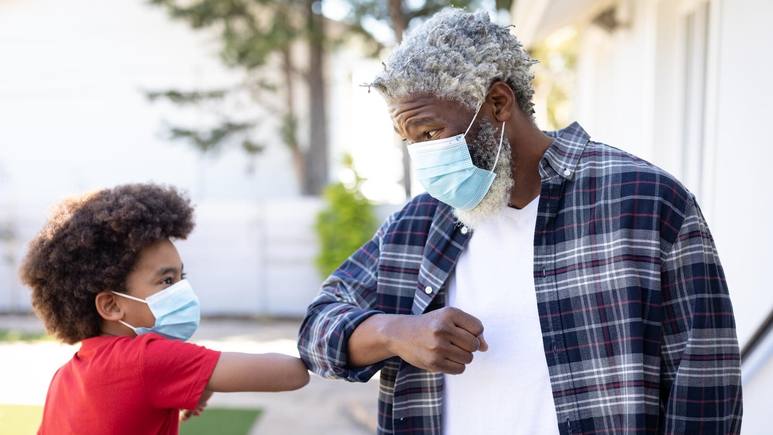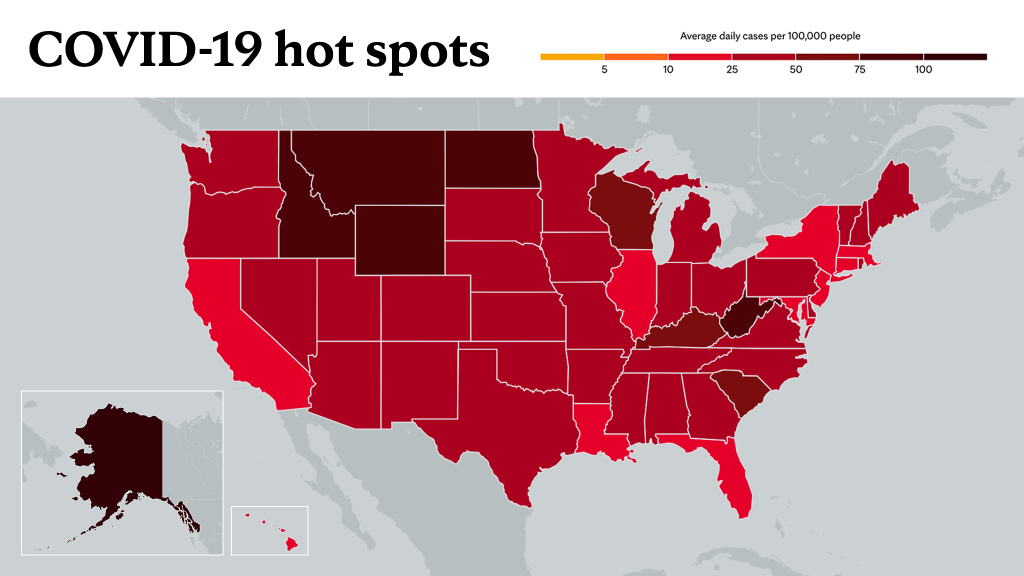
COVID-19 hospitalizations in the U.S. are reportedly dropping. While the news headlines are encouraging, the country is in its fourth surge heading into flu season and winter holidays. That is why medical experts are keeping their predictions and recommendations fluid. How the virus spreads depends on human behavior.
"What happens is that people read the news and say: 'We're done. We're free. It's over,'" says Dr. Gregory Poland, an infectious diseases expert and head of Mayo Clinic's Vaccine Research Group. "This generally goes in cycles of two to three months and people say, as the caseload starts falling: 'You know what, I don't need that booster. I don't need to wear a mask. We can travel again. And there's no need for distancing.' And within a couple of months of that, we have another surge."
He says he knows people are emotionally fatigued, but the only way to defeat the COVID-19 pandemic is to be fully vaccinated and wear masks.
In this Mayo Clinic Q&A podcast, Dr. Poland also talks about COVID-19 booster vaccinations and why people who have been infected with COVID-19 still need to be vaccinated. He also explains three benefits of pregnant women being vaccinated for COVID-19. And Dr. Poland answers listener questions about monoclonal antibody therapy, a COVID-19 vaccine called Novavax and more misinformation about ivermectin.
__________________________________
For the safety of its patients, staff and visitors, Mayo Clinic has strict masking policies in place. Anyone shown without a mask was either recorded prior to COVID-19 or recorded in a nonpatient care area where social distancing and other safety protocols were followed.
Information in this post was accurate at the time of its posting. Due to the fluid nature of the COVID-19 pandemic, scientific understanding, along with guidelines and recommendations, may have changed since the original publication date.
Research disclosures for Dr. Gregory Poland.
For more information and all your COVID-19 coverage, go to the Mayo Clinic News Network and mayoclinic.org.
Learn more about tracking COVID-19 and COVID-19 trends.








